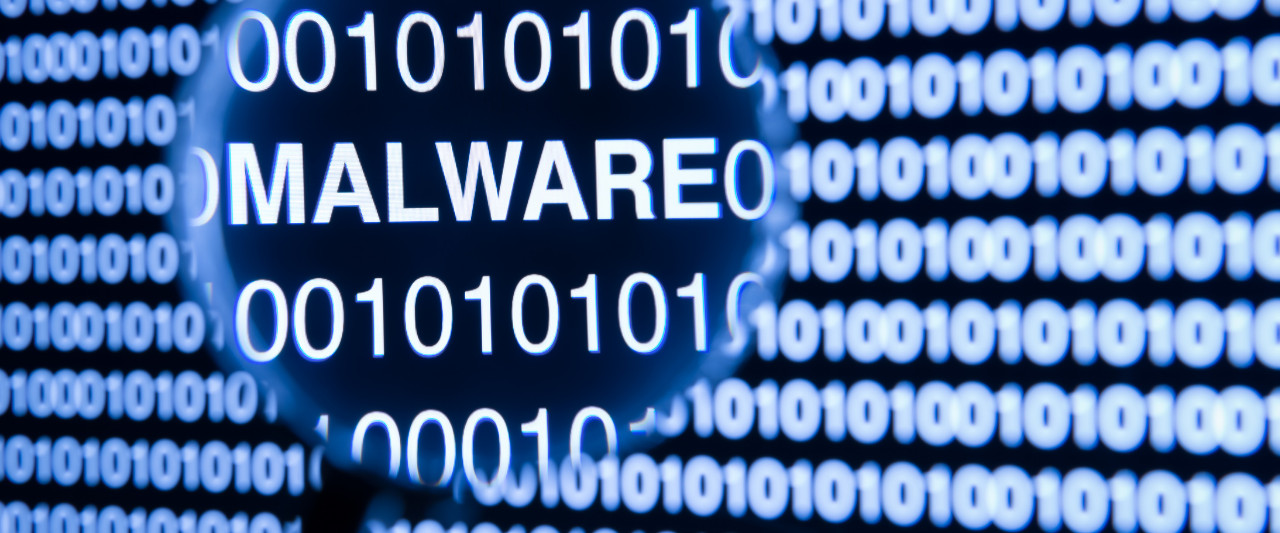When did you last run a virus scan on your computer – or even think about it?
Even though data security has flourished in recent years, there are still emerging malware and other insidious viruses hackers are pushing out at alarming rates, especially as many office employees are working in less secure work-from-home conditions.
What exactly is malware, though? To put it simply, it is an umbrella term for a variety of malicious software designed to invade digital devices or networks. Viruses, ransomware, worms, Trojan horses, spyware, and bots, are all examples of malware, which are intended to disrupt businesses and steal or destroy both data and money.
Thankfully, there are still plenty of measures you can take to prevent attackers from compromising your valuable information. Here are five tips to prevent malware attacks.
Install Anti-Virus and Anti-Malware Software
The most obvious way to prevent malware attacks is to download and regularly update anti-virus software. These programs are designed to frequently scan, detect, and remove malicious spyware, adware, worms, and more.
As the first layer of security for your devices, anti-virus software provides real-time protection, but don’t forget to regularly run deeper scans and frequently back up your information. You can also implement a firewall for your network, an intrusion prevention system (IPS), and an intrusion detection system (IDS) for additional safety.
Keep Everything Up to Date
Hackers and scammers are not slowing down when it comes to the fast-evolving nature of finding new exploits and deploying new tactics to accomplish their goal, which is usually to steal information for financial gain. Vulnerabilities are undeniable, and while software vendors are constantly creating updates and patches, it is your responsibility to keep your security software up to date to prevent malware attacks.
Educate Your Team
Your team can be your first and best line of defense but also your weakest link. Continuously educate employees by hosting training sessions on cybersecurity and keep them in the loop on the most frequent types of malware and how to detect and handle them.
Secure Authentication
Keeping you and your team’s accounts safe is vital in preventing hackers from making their way into your data, records, and financial information. Your password is the easiest way to get into your account, so enforce strong passwords with at least an eight-character requirement that features an uppercase letter, lowercase letter, symbol, and number. Prevent malware attacks by activating multi-factor authentication, which uses a verification code to ensure it’s really you trying to log in.
Test Vulnerabilities and Make a Plan
Stay truly proactive and conduct regular vulnerability tests with the hopes of finding weak points in your security that can be properly addressed and fixed. Contractors, sometimes referred to as white-hat hackers, often perform these tests with specific expertise in finding vulnerabilities. While it’s great to look for these security flaws, it’s even more important to have a plan in place in case of a serious attack. Be sure to also focus on specific compliance training on said plan and practice crisis-simulation exercises.
Say No and Prevent Malware Attacks
In a time where malware is more frequent than ever, it’s imperative to the success of your brand that all members of the team stay on their toes and be mindful of attacks. Although a successful attack could damage your company’s image and even drain it financially, there is a wide range of safety tips you can enact to prevent malware from wreaking havoc. It’s not always easy knowing what to specifically do in case of an attempt to compromise your business, but that’s why we’re here. Contact us today, and we’ll make sure your business is protected from malicious attacks and teach your team how to identify them.


